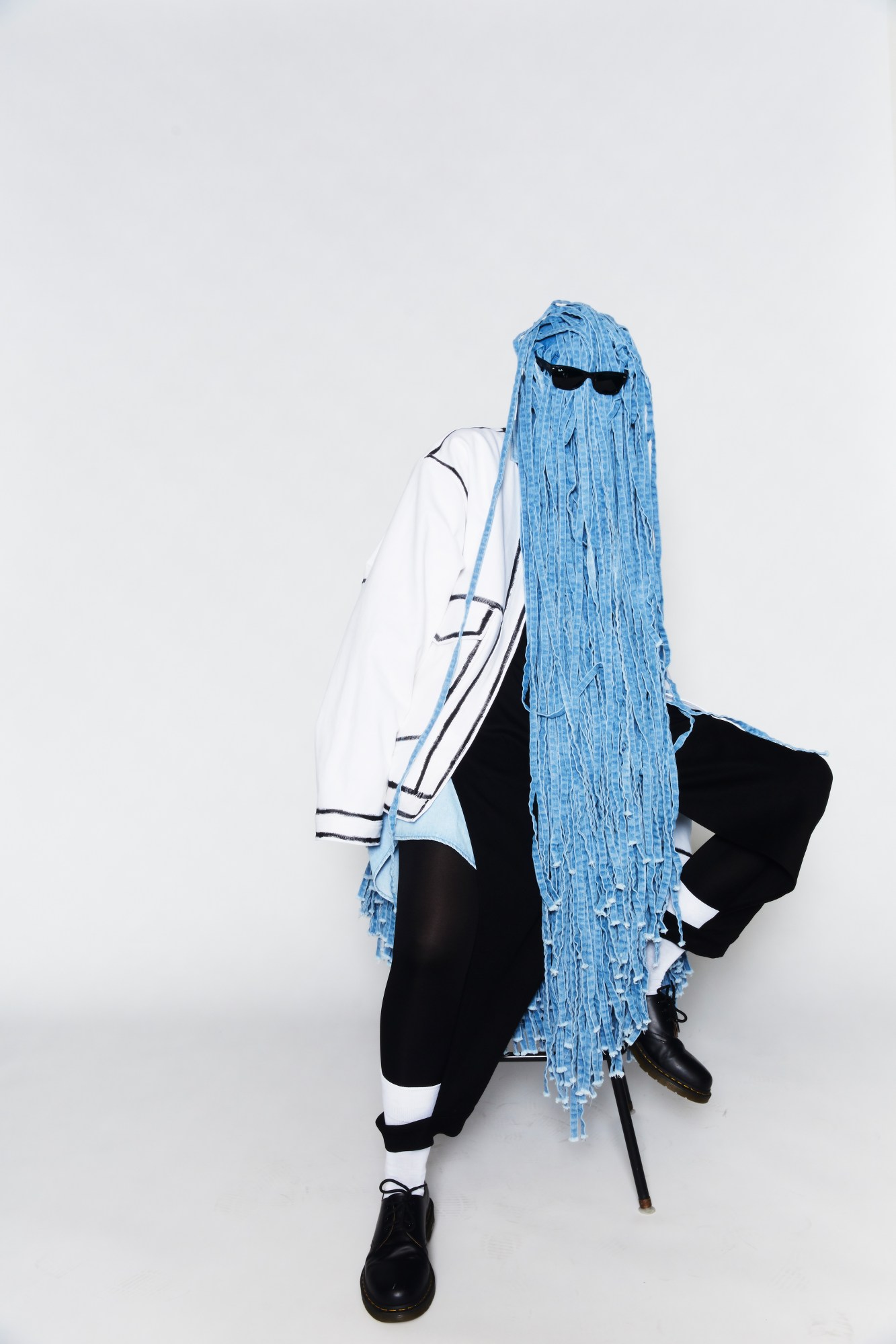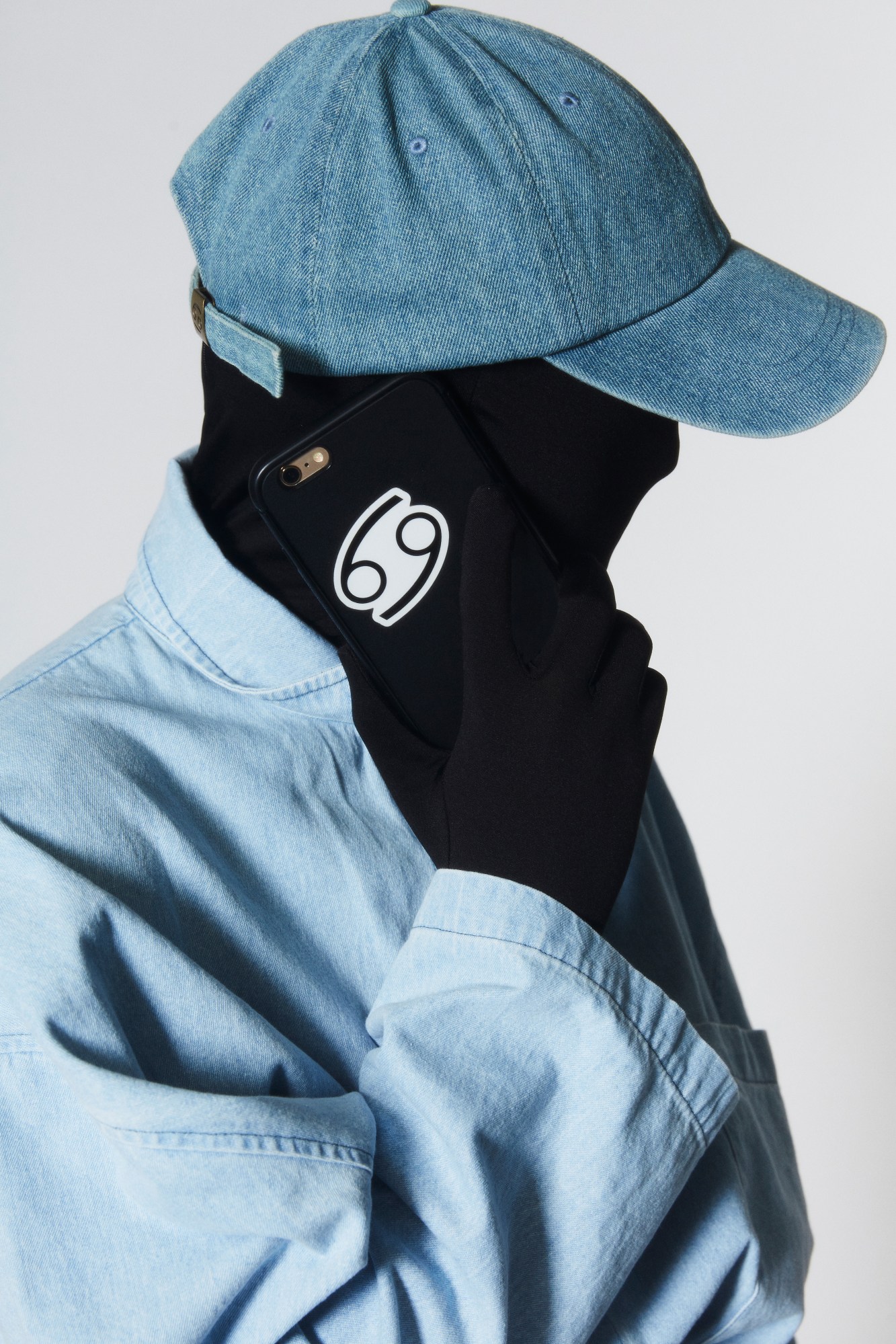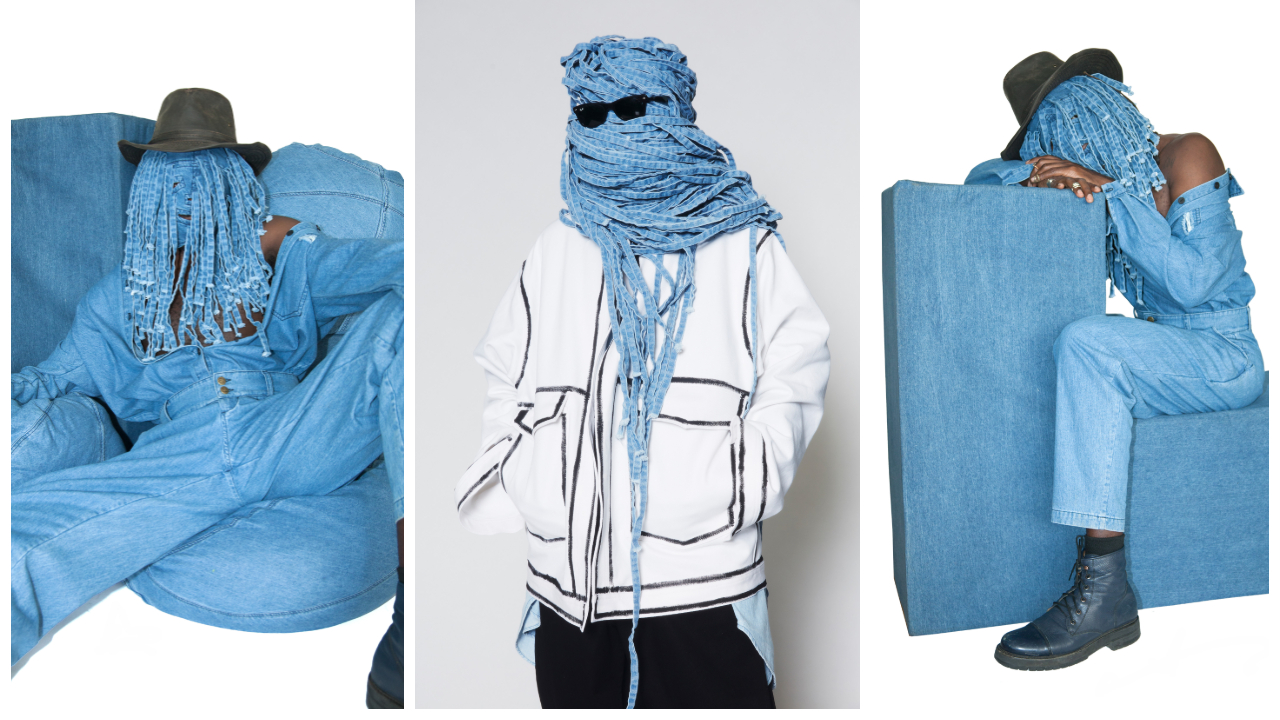69 has never been just a fashion brand. Created in Los Angeles by an anonymous designer, 69 is both non-demographic and non-gendered. It features unique designs such as brimless caps, big button shirts, fringe masks, oversized one-pieces, and balloon-sleeved jackets. The brand’s embracement of all individuals eliminates the intimidation that can sometimes come along with fashion.
69’s first solo exhibition, 69: Déjà Vu, is now on at MOCA (the Museum of Contemporary Art) in Los Angeles, and is a survey of the brand’s boundary-breaking designs from 2011 through spring/summer 19. As the title suggests, the items in the exhibit, which include clothing, mannequins, videos, and even furniture, are ones you may already have seen either online or in stores. “For many people, 69 only exists in stores or the videos they see from us on Instagram,” 69’s designer shares with i-D over email. “Now they get to interact with the brand IRL, and that’s super special”.
Created as a direct response to a DIS magazine feature titled Global Denim Community, 69 is inspired by denim’s omnipresent quality, and its power as a global unifier. Denim is also traditionally known for its durability and comfort. “It’s utilitarian and lasts forever,” the designer says, “It’s very democratic”.
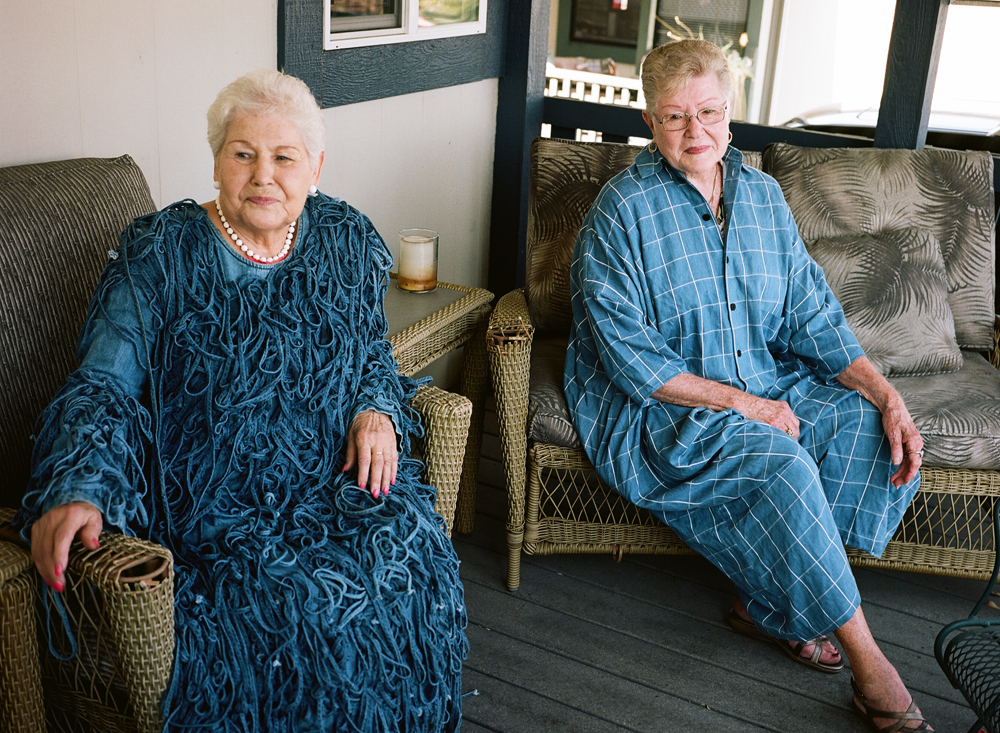
Because of this, denim takes centerstage in many of 69’s pieces. There is the oversized denim one-piece that excessively drapes over the body, acting as a piece of clothing that is both modest but freeing. There is also the Baps Button Up (2016), which includes a piece of flat, loose fabric that can be taken on or off depending on the wearer’s mood, and Butt Void (2016), a transformative pair of denim pants with removable panels. The politics behind 69’s clothing navigates the revolutionary changes to our idea of identity, and how society’s traditional constructs of demographics — such as gender, race, class, and age — affect us.
Denim and its ubiquitous nature also ties into the ethos of the brand and its focus on freedom, inclusivity, and a more fluid future: Models’ faces are usually obscured by accessories, such as the Fringe Mask (2015) or the Sunblock Hat (2014). At other times, models are pictured wearing head-to-toe black bodysuits so that their identities are completely concealed. When models are shown uncovered, the viewer will notice that they are of all different ages, races, and genders.
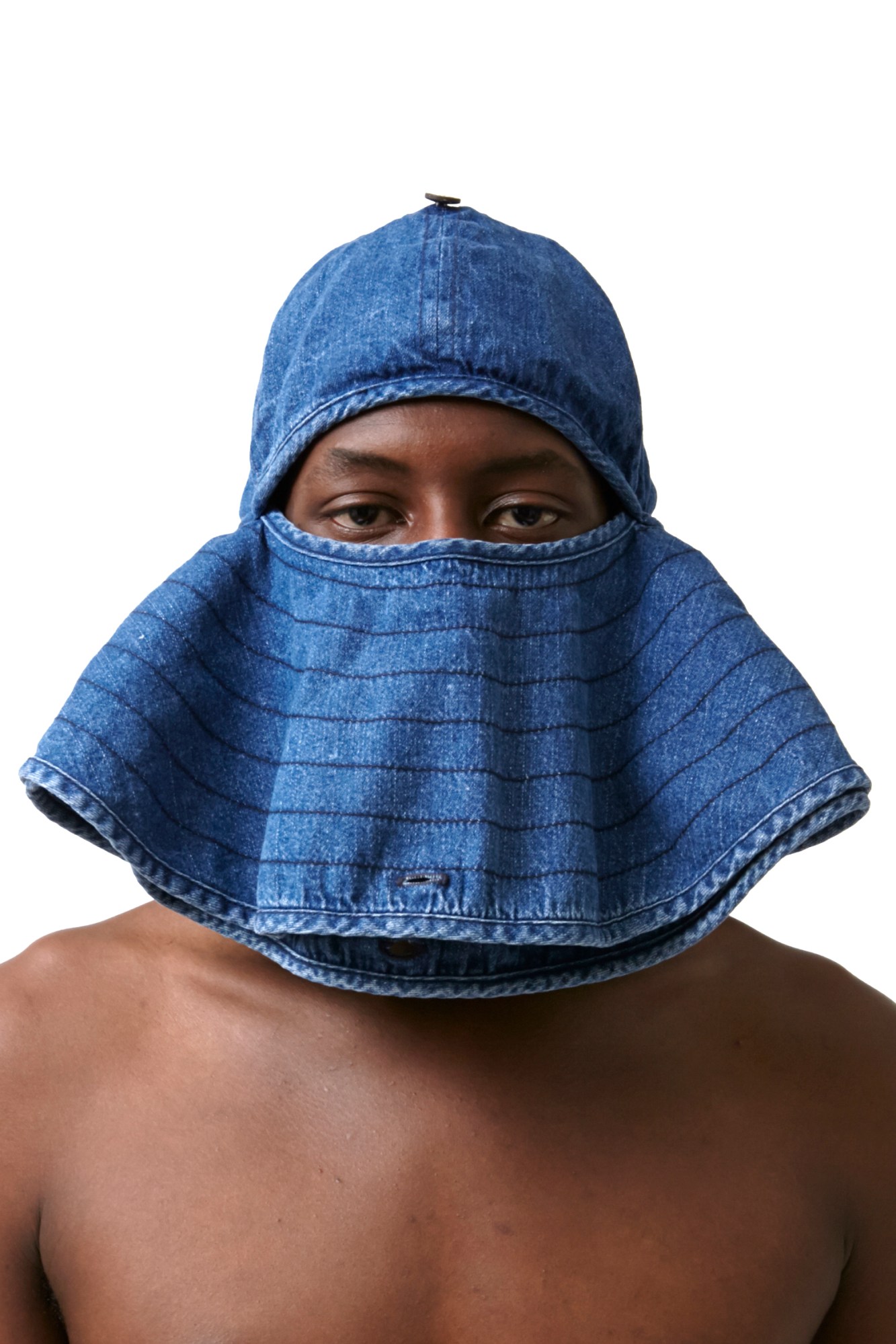
Named for the founder’s astrological symbol of Cancer, as well as a nod to eroticism, 69’s LA-based designer has also wished to remain anonymous, wanting the focus instead to be on the brand and the community it has cultivated. In a society where clout has become competitive, and it seems to increasingly be all about who you are and who you know, 69’s anonymity is a breath of fresh air. “Who I am is not important,” the designer comments on their concealed identity, “the community around 69 is important, what we can do for the world, for clothing, for beauty, objects, buildings, structures, whatever — that’s important. Flesh and ego are fleeting, what 69 stands for is forever”.

